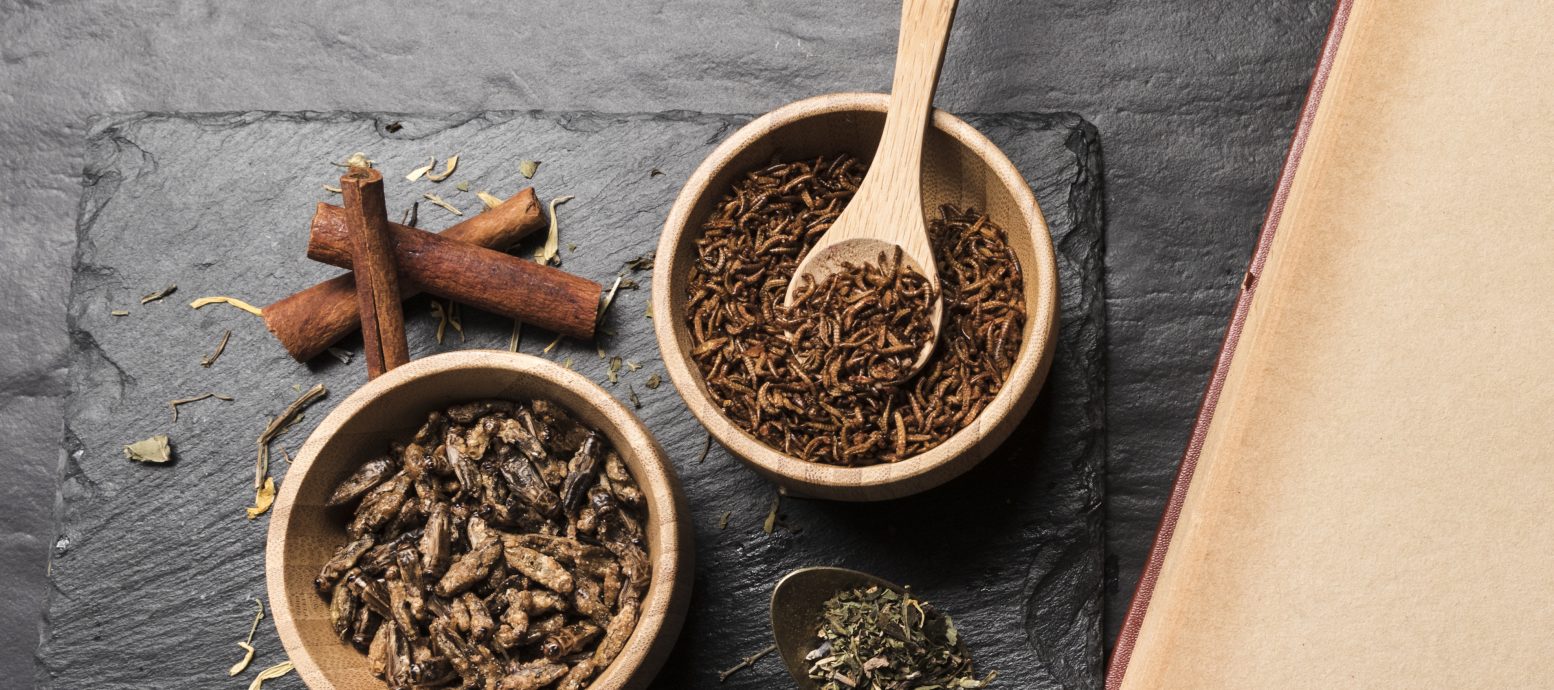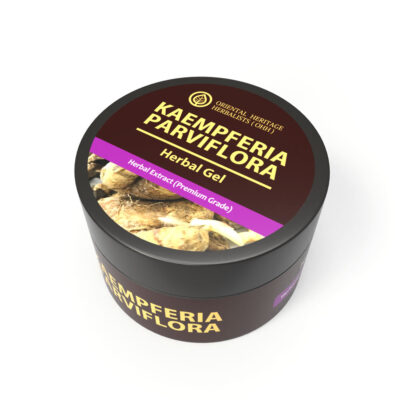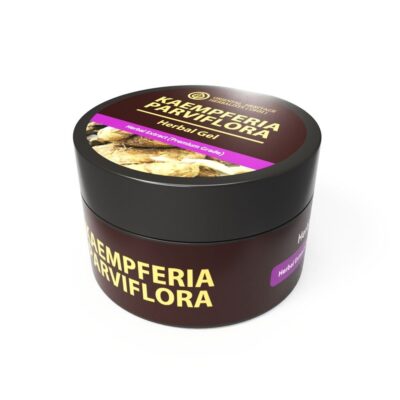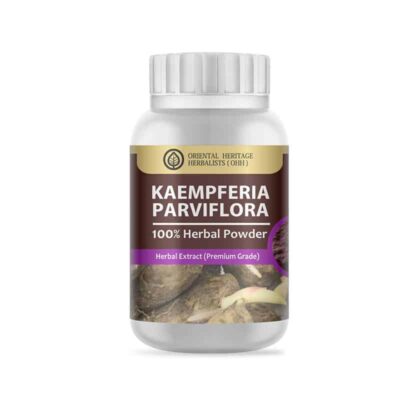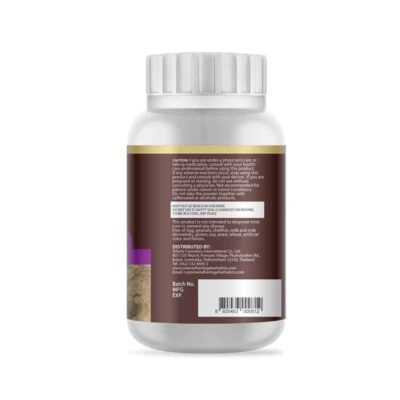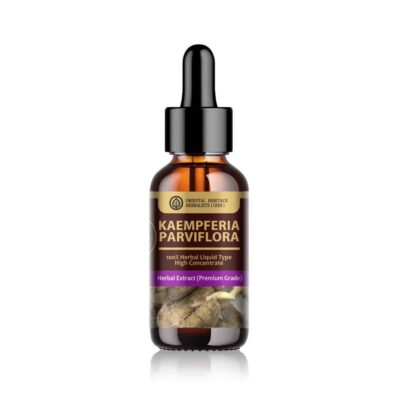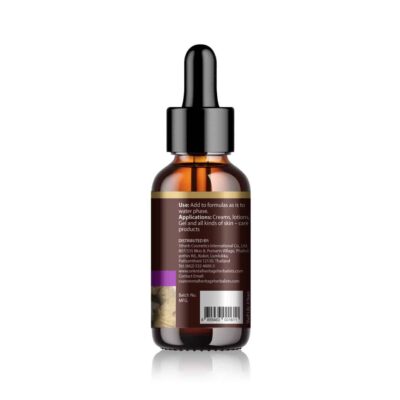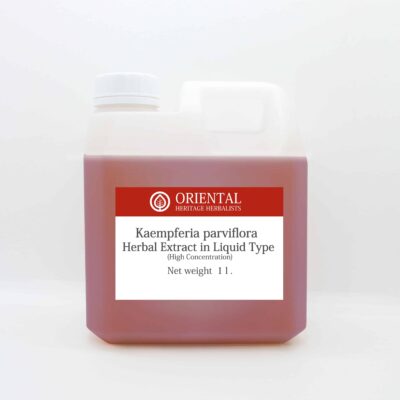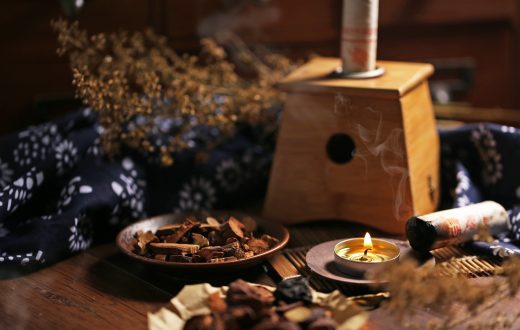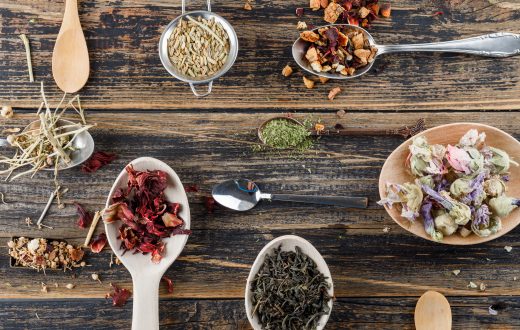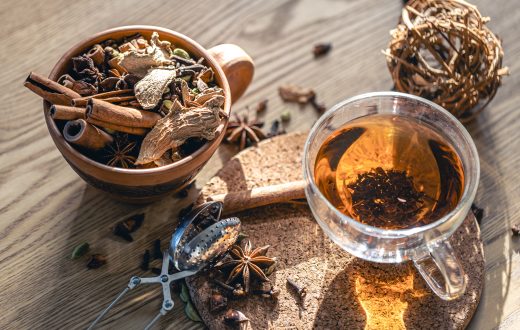Kaempferia parviflora Wall. ex Baker, known as black ginger or krachai dum in Thailand, is a perennial herb in the Zingiberaceae family. Traditionally consumed for vitality and circulation, the plant has recently attracted global attention for its bioactive methoxyflavones and potential applications in cosmetics and nutraceuticals (Chaiittianan et al., 2018). This article reviews its chemistry, mechanisms of action, current evidence, and safety considerations for both industries. Let’s discuss the role of Kaempferia Parviflora in the cosmetics and supplements industries.
Phytochemistry and Key Bioactives
Black ginger rhizomes are rich in polymethoxyflavones (PMFs) such as 5,7-dimethoxyflavone and 5,7,4′-trimethoxyflavone. These compounds exhibit antioxidant, anti-inflammatory, and mitochondrial-protective properties (Rujjanawate et al., 2021). Pharmacokinetic studies show good oral absorption and a plasma half-life of about two to three hours (Kobayashi et al., 2019).
Cosmetic Applications
1. Anti-Aging and Skin Repair
Topical K. parviflora extract has been shown to reduce reactive oxygen species (ROS), enhance collagen and fibrillin-1 synthesis, and delay cellular senescence in human dermal fibroblasts and ex vivo skin (Chaiittianan et al., 2018). Such effects translate into visible improvements in elasticity and fine-line reduction.
2. Skin Brightening
A randomized double-blind clinical trial using a 5 % cream of K. parviflora extract for eight weeks significantly reduced melasma severity without adverse reactions (Rangsriwong et al., 2020). This positions the extract as a natural alternative to conventional depigmenting agents.
3. Anti-Inflammatory & Sebum Control
In vitro, methoxyflavones inhibit NF-κB signaling, suppressing pro-inflammatory mediators (NO, COX-2, TNF-α). They also reduce lipid production in sebocytes and inhibit Cutibacterium acnes, supporting use in anti-acne formulations (Chaowuttikul et al., 2018).
Nutraceutical and Supplement Uses
1. Metabolic Health & Weight Management
A 12-week, placebo-controlled human trial found 150 mg/day of standardized K. parviflora extract reduced abdominal fat area and triglycerides in overweight adults (Sato et al., 2018). Animal studies confirm enhanced energy expenditure and brown adipose tissue activation (Yoshino et al., 2014).
2. Physical Performance
Supplementation with 360 mg/day improved grip strength, VO₂ max, and heart-rate variability in adolescent athletes over 12 weeks (Wattanathorn et al., 2020), suggesting benefits for endurance and recovery.
Mechanisms of Action
- Antioxidant: Scavenges ROS, up-regulates mitochondrial biogenesis genes (PGC-1α, NRF1).
- Anti-inflammatory: Down-regulates NF-κB and pro-inflammatory cytokines.
- Metabolic: Stimulates brown adipose tissue thermogenesis via UCP1.
- Sebostatic/antimicrobial: Reduces sebum synthesis and inhibits C. acnes.
Safety and Regulatory Considerations
Human studies show K. parviflora extract is well tolerated up to 360 mg/day with no significant adverse effects (Kobayashi et al., 2019; Wattanathorn et al., 2020). Sub-chronic animal studies report a NOAEL of ~249 mg/kg/day (Rujjanawate et al., 2021).
Formulators should:
- Use standardized extracts with declared methoxyflavone content.
- Conduct stability and patch testing for topical products.
- Follow local regulations for cosmetic or dietary claims.
Industry Outlook
With validated anti-aging, brightening, and metabolic benefits, K. parviflora offers strong potential as a hero ingredient in both skincare and functional supplements. Continued large-scale, long-term human trials will strengthen its market positioning and regulatory acceptance.
References
- Chaiittianan, R. et al. (2018). Kaempferia parviflora extract protects human dermal fibroblasts from oxidative stress and aging. Evid Based Complement Alternat Med, Article ID 6861085.
- Rangsriwong, P. et al. (2020). Effect of Kaempferia parviflora cream on melasma: a randomized controlled trial. RSU Int Res J, 15(2), 45-54.
- Chaowuttikul, C. et al. (2018). Anti-inflammatory and anti-acne activities of Kaempferia parviflora. J Ethnopharmacol, 219, 213-221.
- Sato, A. et al. (2018). Daily intake of Kaempferia parviflora extract decreases abdominal fat in overweight subjects. J Nutr Sci Vitaminol, 64(3), 210-218.
- Yoshino, S. et al. (2014). Brown adipose tissue activation by Kaempferia parviflora extract in mice. Biochem Biophys Res Commun, 454(3), 476-482.
- Wattanathorn, J. et al. (2020). Performance enhancement with Kaempferia parviflora supplementation in adolescents. Complement Ther Med, 52, 102507.
- Kobayashi, H. et al. (2019). Pharmacokinetics of polymethoxyflavones from Kaempferia parviflora in humans. Food Funct, 10(6), 3437-3444.
- Rujjanawate, C. et al. (2021). Toxicological evaluation of Kaempferia parviflora extract in rodents. Regul Toxicol Pharmacol, 123, 104961.
Explore our website to learn more: Click Here
Related Products
$260.00 – $3,250.00Price range: $260.00 through $3,250.00
Related Post
From Ancient Remedies to Beauty Science: The Rise of Herbal
Kaempferia parviflora Wall. ex Baker, known as black ginger or krachai dum.
- 23 October 2025
- 0 Comments
Why Natural Extracts Are Shaping the Future of Cosmetic and
Kaempferia parviflora Wall. ex Baker, known as black ginger or krachai dum.
- 22 October 2025
- 0 Comments
Acmella Oleracea: The Natural Herb Revolutionizing Cosmetics & Supplement Industries
Kaempferia parviflora Wall. ex Baker, known as black ginger or krachai dum.
- 21 October 2025
- 0 Comments
Caesalpinia sappan: A Powerful Natural Ingredient for Cosmetics and Supplement
Kaempferia parviflora Wall. ex Baker, known as black ginger or krachai dum.
- 20 October 2025
- 0 Comments
Butea Superba and Tongkat Ali: Nature’s Boosters in Cosmetics and
Kaempferia parviflora Wall. ex Baker, known as black ginger or krachai dum.
- 7 October 2025
- 0 Comments

